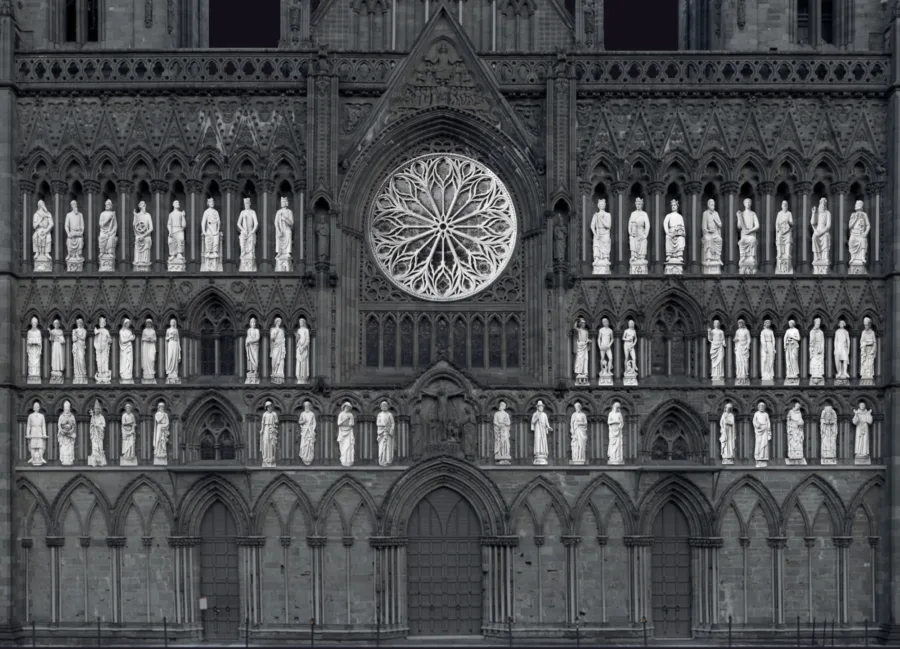St Andrew the Apostle
St Andrew the Apostle was a disciple of both John the Baptist and Jesus.

Andrew was a fisher from the Sea of Galilee who had been a disciple of John the Baptist. He was the first person to be called to Jesus as an apostle.
St Andrew is said to have been close to Jesus and was present at several of his miracles. Following Jesus’s ascension, however, there is no further mention of him in the Bible. According to legend, he proselytised first in Greece, then in Russia, before being arrested and crucified on a diagonal cross in Greece. This kind of cross has since become known as the Cross of St Andrew. St Andrew is the patron saint of both Russia and Scotland. Today, the Cross of St Andrew is used as a written symbol in many cultures and in artworks. It features on the national flag of Scotland, for example.
-
Feast day
30 November (St Andrew’s Day, Andrew the Fisher)
-
Attribute
Diagonal cross (Cross of St Andrew)
-
Patron saint of
Scotland, Russia, Spain, Greece, fishers, fishmongers, butchers, quarrymen, water carriers, sailors, old maids.
-
Invoked against
Arthritis, sore throat, cramps, and St Anthony’s fire.
-
The sculpture
The statue was modelled in 1934 by Stinius Fredriksen. It was carved by Arne Kvidbergskår and Tore Skjørestad.


